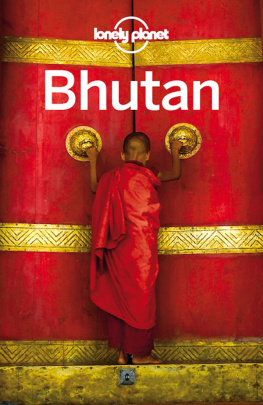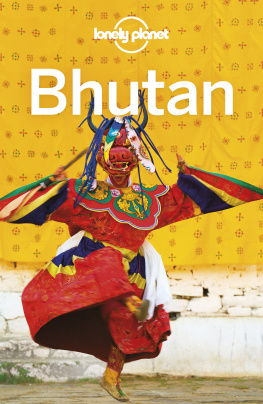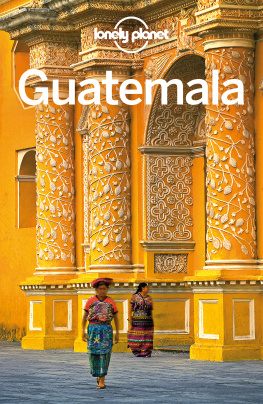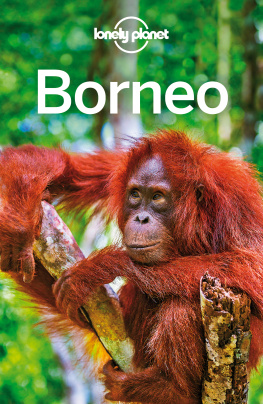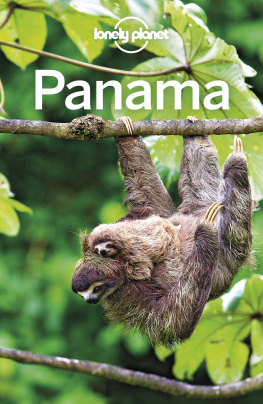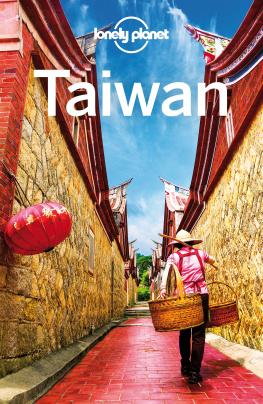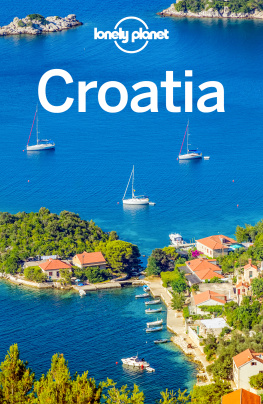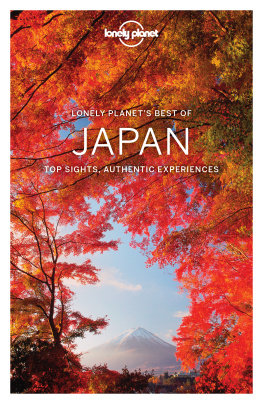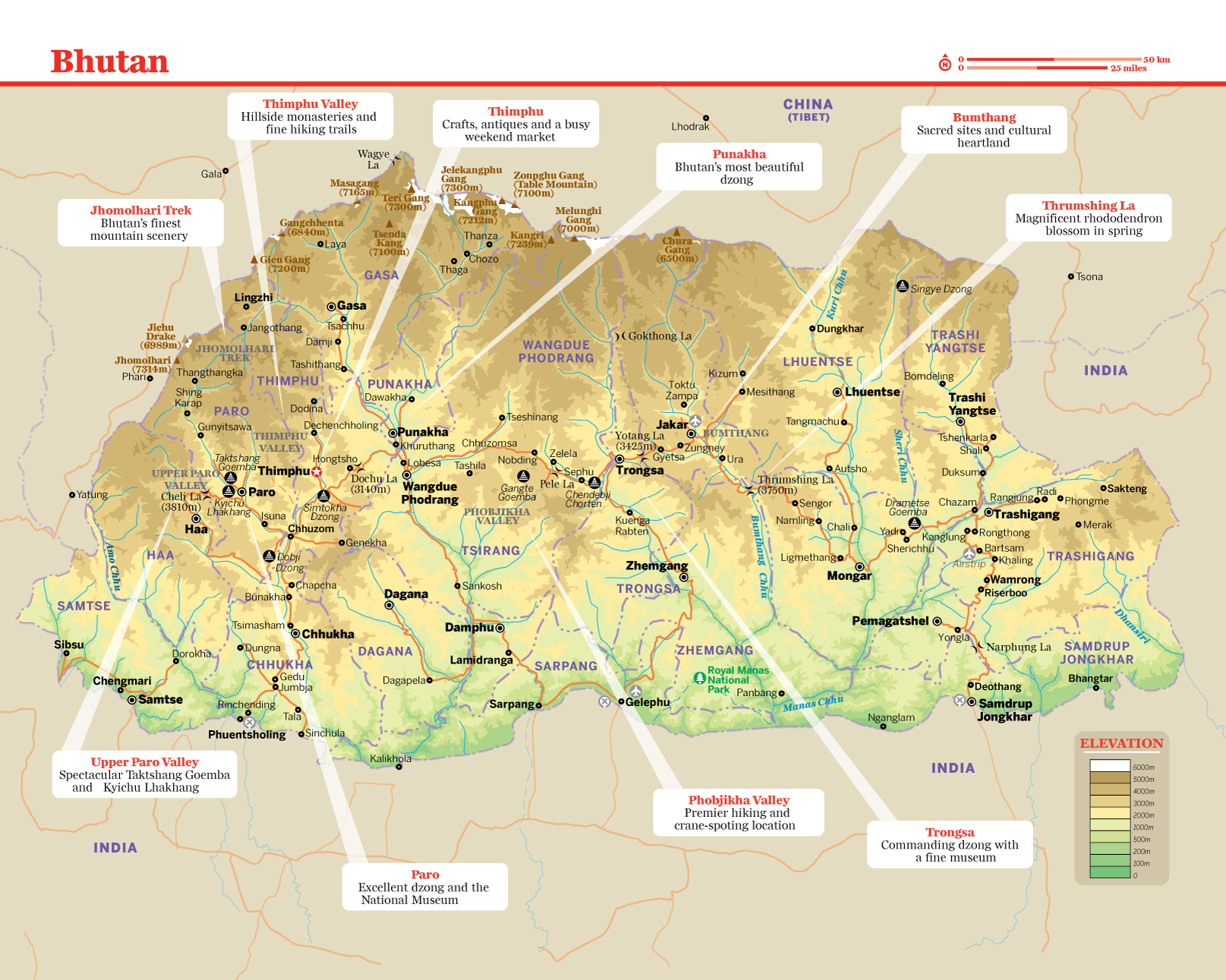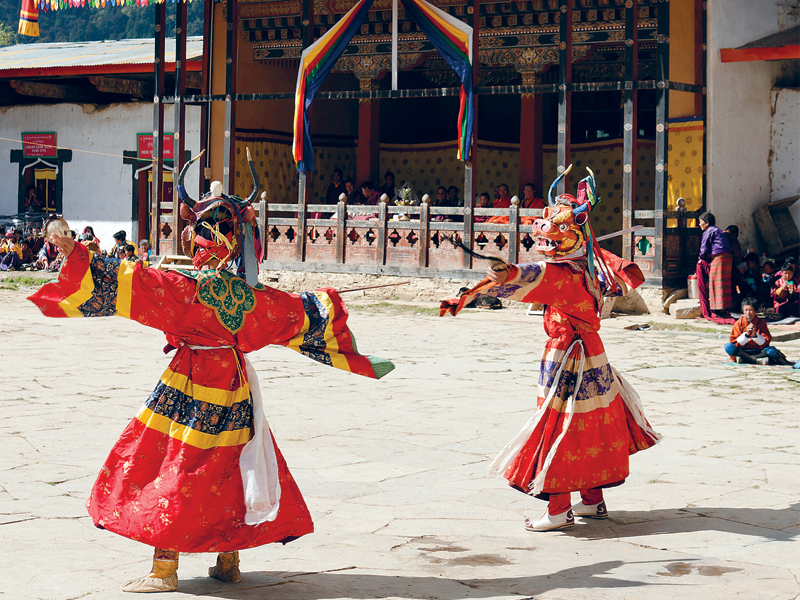Bhutan is no ordinary place. It is a Himalayan kingdom with a reputation for mystery and magic, where a traditional Buddhist culture carefully embraces global developments.
Surprising Bhutan
Bhutan holds many surprises. Its a country where the rice is red and where chillies arent just a seasoning but the main ingredient. Its also a deeply Buddhist land, where monasteries are part of the mainstream, and where giant protective penises are painted beside the entrance to many houses. While it visibly maintains its Buddhist traditions, Bhutan is not a museum. You will find the Bhutanese well educated, fun loving and vibrant.
Naturally Bhutan
When you visit Bhutan, you will become one of the few who have experienced the natural charm of the first country where Gross National Happiness is deemed more important than Gross National Product. By law, at least 60% of the country must remain forested for future generations. You will experience Bhutans natural wonders firsthand when travelling the mountain passes resplendent with rhododendron blossom in spring. Botanical riches and unique mammals and birds are protected in several national parks, and a mountain trek is one of the best ways to experience the Himalaya.
High-Value Tourism
The Bhutanese pride themselves on a sustainable approach to tourism in line with the philosophy of Gross National Happiness. Firstly, to bust a myth: there is no limit to tourist visas. Visitors famously pay a minimum tariff of US$250 per day, making it appear as one of the worlds more expensive destinations. However, this fee is all-inclusive accommodation, food, transport and an official guide are all provided. You dont have to travel in a large group and you can arrange your own itinerary. What you wont find is backpacker-style travel.
Shangri-La?
So why spend your money to come here? Firstly there is the amazing Himalayan landscape, where snowcapped peaks rise above shadowy gorges cloaked in primeval forests. Taking up prime positions in this picture-book landscape are the majestic fortress-like dzongs and monasteries. This unique architecture embodies Buddhist culture and sets the scene for spectacular tsechus (dance festivals). Then there are the textiles and handicrafts, outrageous archery competitions, high-altitude trekking trails, and stunning flora and fauna. If its not Shangri-La, its as close as it gets.
Why I Love Bhutan
By Lindsay Brown, Author
As a former conservation biologist, for me theres lots to love about Bhutan. The mountains are carpeted in diverse forests that sing with birds, and its the opportunity to explore this relatively untouched corner of the Himalaya that keeps me coming back. A highlight of my recent trip was a pair of rufous-necked hornbills feeding right beside the road. Bhutans Buddhist tradition of respect and reverence for nature plus its amazing festivals and engaging people are the headlines to a rewarding and complex story about a beautiful Himalayan kingdom with a unique outlook on progress.
See for much more.
Bhutans Top 17
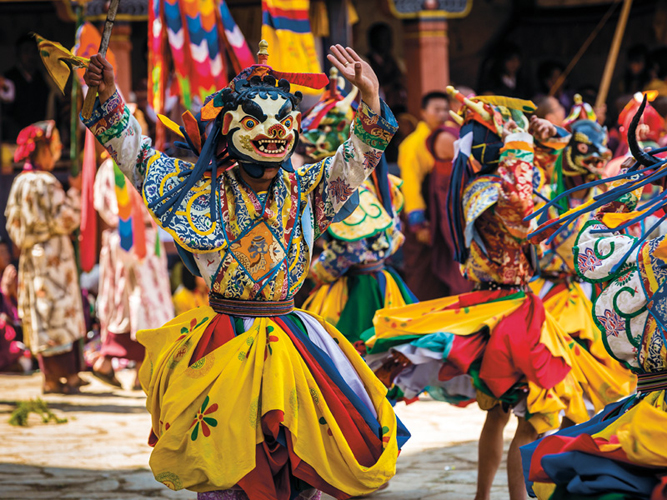
Paro tsechu ()
RICHARD IANSON / GETTY IMAGES
Most of the dzongs and goembas have annual festivals featuring mesmerising dance dramas. The largest of these festivals is the tsechu with dances in honour of Guru Rinpoche. The dances are performed by monks and laypeople dressed in colourful costumes, and the dancers take on aspects of wrathful and compassionate deities, heroes, demons and animals. During the dances, atsara (masked clowns) mimic the dancers and perform comic routines and even harass the audience for money in exchange for a blessing with the wooden phallus they carry!
Bhutans Top 17
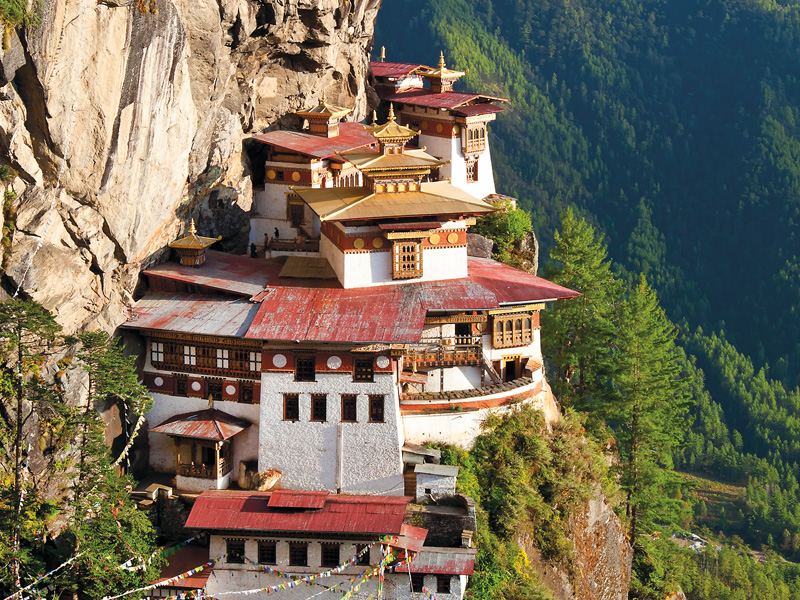
PETER ADAMS / GETTY IMAGES
Bhutans most famous monastery, Taktshang Goemba (Tigers Nest Monastery; ) is one of its most venerated religious sites. Legend says that Guru Rinpoche flew to this site on the back of a tigress to subdue a local demon; afterwards he meditated here for three months. This beautiful building clings to the sheer cliffs soaring above a whispering pine forest. The steep walk to the monastery is well worthwhile, providing tantalising glimpses of the monastery, views of the Paro valley and splashes of red-blossom rhododendrons.

